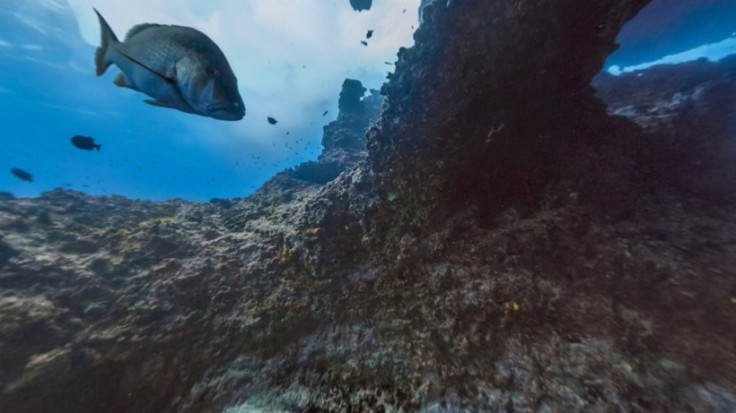Google VR: Now embed 360 degree immersive content on iOS, Android and web platforms

For those who think virtual reality is a complicated and inaccessible domain, Google has decided to make the VR world more accessible and usable in real-world cases. The company announced the "VR View" – a quick and easy way to embed immersive content on Android, iOS and the web and allows 360-drgree view photos and videos to be hosted and viewed on any server.
The tool, currently accessible to developers, allows users to easily embed 360-degree photos and videos into sites and native apps to be viewed on Google Cardboard or through a single lens "Magic Window" viewer. To expand beyond the Google ecosystem the company added iOS support to the Cardboard SDK.
How it works
For native apps one can embed a VR view by grabbing the latest Cardboard SDK for Android or iOS* and adding a few lines of code. On the web, embedding a VR view is the same as adding an iframe on your site already widely used for putting tweets and Facebook posts.
The company says it is open-sourcing the HTML and JavaScript for web developers on github, so they can self-host and modify it to match their needs. The imagery for VR Views is not limited to photographs from the real world only and CGI software can also generate 360-degree images and videos for everything from architectural walkthroughs to movie previews.
Here are the platforms on which the VR view is supported:
Web
- Modern versions of Chrome on Windows, OSX, Linux, Android, and iOS.
- Modern versions of Safari on OSX and iOS
- Modern versions of Firefox on Windows, OSX, and Linux
- Modern versions of IE 11 and Edge on Windows
Native
- iOS 8 and higher.
- Android 4.4 (Kit Kat) and higher
Google has also outlined that only certain images and videos will qualify for the the VR View. These are:
Image Specifications
- VR View images can be stored as png, jpeg, or gif. We recommend you use jpeg for improved compression
- For maximum compatibility and performance, image dimensions should be powers of two (e.g. 2048 or 4096)
- Mono images should be 2:1 aspect ratio (e.g. 4096 x 2048)
- Stereo images should be 1:1 aspect ratio (e.g. 4096 x 4096)
Video Specifications
- VR View videos should be stored as mp4s encoded with h264
- Mono videos should be 2:1 aspect ratio
- Stereo videos should be 1:1 aspect ratio
- Some older devices cannot decode video larger than 1080p (1920x1080). If maximum compatibility and quality is a priority, we recommend that users provide both a monoscopic 1920x1080 video and a stereo video at 2048x2048 or higher
To know more about how to embed images and videos and how to use them on your site head on to Google's Blog.
The latest move by Google suggests that the company is looking forward to make VR significant in the coming years with growing competition from Samsung – which has the Gear VR in the market – and Apple – which is reported to me working on a VR invention of its own. Google has already enabled 360-view videos for YouTube, which is relatively self-contained.
Google is also preparing to introduce a host of virtual reality content and development action at Google I/O 2016 to be held in May.
© Copyright IBTimes 2025. All rights reserved.





















